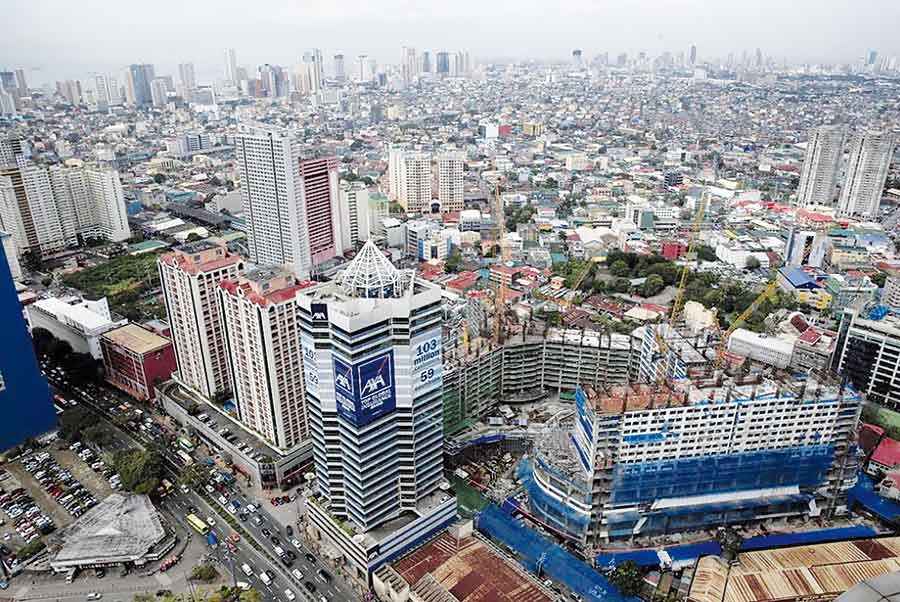Japan-based debt watcher Rating and Investment Information Inc. (R&I) has upheld the Philippines’ investor-grade credit rating at “BBB+” and adjusted its outlook from stable to positive, the Department of Finance (DOF) said yesterday.
According to the DOF’s statement, this shift in outlook is attributed to the nation’s robust macroeconomic fundamentals, improving fiscal stance, resilient banking system, favorable external payment position and stable political environment.
R&I’s BBB+ rating is two notches above the minimum investment grade and a rank below an A- rating.
“R&I’s improved outlook on the Philippines brings us closer to our goal of an A rating within the President’s term. We are firmly on track to our ‘Road to A’ and remain committed to further improving the country’s investment climate through structural reforms to enhance the quality and pace of infrastructure development,” Finance Secretary Benjamin Diokno said.
A positive outlook indicates the possibility of a rating upgrade once performance indicators, such as the economic growth sought under the Philippine Development Plan 2023-2028, stable macroeconomic conditions and improving trend of fiscal position have been confirmed.
According to the report, the Philippine economy performed well amid the volatile global landscape, citing its decelerating inflation rates and strong private consumption and investments.
R&I also underscored the country’s gross domestic product performance in 2022 at 7.6 percent.
In the initial quarter of 2023, the Philippine economy surged by 6.4 percent, outpacing R&I-rated peers such as Indonesia and Mexico.
This performance aligns with the government’s growth target of six to seven percent for 2023.
The debt watcher emphasized that it does not view the country’s current account deficit in a negative light due to the government’s aggressive infrastructure spending that will redound to economic growth.
On external payments, R&I also took note of the country’s steady inflows from overseas Filipino remittances and foreign direct investments, as well as its sufficient foreign reserves.
Countries that have been granted investment-grade ratings can access funding from development partners as well as international debt capital markets at lower costs due to its lower credit risk factor.
Diokno earlier said the government is committed to its goal of getting an “A” credit rating from international rating agencies, even as this objective is “challenging” amid the current global environment.
“An A rating would affirm the Philippines’ creditworthiness and would serve as a strong signal to local and international business and financial communities that the country is conducive to long-term investments. In turn, this will increase investment and will eventually help us achieve our long-term economic plans,” he said.
In pursuit of the A credit rating, the BSP and DOF organized in 2019 an Inter-Agency Committee on the Road to A Credit Rating Agenda, or the IAC on the Road to ‘A’.
It aims to effectively coordinate the efforts of member agencies to develop, execute and monitor the implementation of the Road to ‘A’ Roadmap.
The IAC has a three-pronged strategy that focuses on achieving solid economic growth, prudent fiscal management and strong governance standards and institutions.




